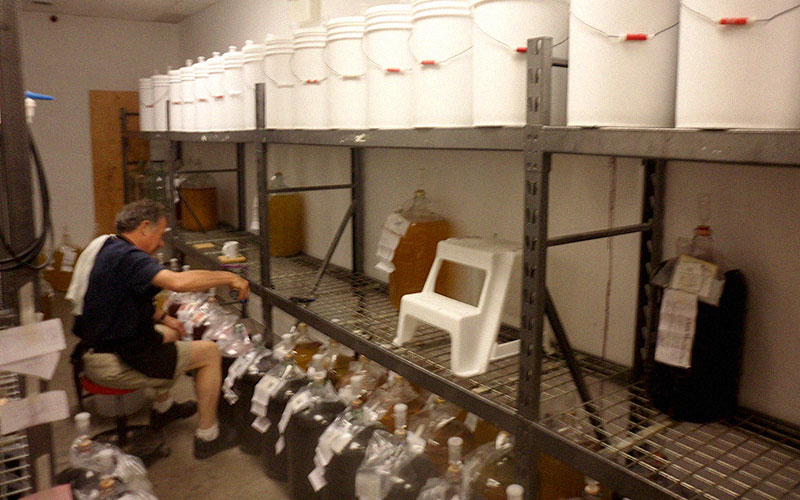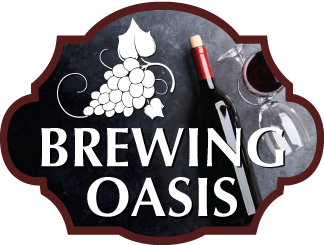About Craft Winemaking
Craft winemaking has come a long way since concentrate-in-a-can wines.
Today’s craft wines are produced from either high-quality concentrate or a blend of concentrate and juice sourced from premium vineyards around the world.
Wine kit production technology progressed significantly over the last decade, which has improved the quality of concentrates and the resulting wine.
Kit manufacturers source grapes from vineyards around the world from both northern and southern hemispheres to have a constant supply throughout the year. Concentrates are (and must be) produced year-round, unlike winemaking in each specific region, which happens only once a year. Kit winemakers can therefore make wine year round.
As growers and wineries, kit manufacturers too harvest grapes based not only on sugar level, acidity, and pH, but also on physiological and sensorial (organoleptic) characteristics, such as color and flavors, which must be balanced with the chemistry of the grapes.
Once harvested, white varietal grapes are crushed and pressed, and the concentrated juice is transferred to tanks to allow unwanted solids to settle. The concentrated juice is stabilized with sulfite, and then enzymes that break down pectin, and bentonite are added, both of which play a critical role in clarifying the juice as well as, ultimately, the wine. The concentrated juice is further stabilized at very cold temperatures where it is then separated from the heavy deposit at the bottom of the tank, and filtered. The concentrated juice must be maintained cold to prevent fermentation from starting on its own.
In the case of red varietals, where color must be extracted during the juice processing stage (as opposed to during fermentation in winemaking), grapes are crushed and allowed to macerate with the concentrated juice in a tank at cold temperatures to prevent fermentation from starting on its own. Special enzymes are added to extract color and aromas from the grape skins; this is the most critical step in producing red juice of high organoleptic quality. When the desired quality is achieved, the grapes are pressed and the juice is moved to the next stage of processing. Some grapes may be kept for shipping with kits where additional maceration is desired during winemaking.
The white or red concentrated juice is run through a concentrator to remove some of the water content and concentrate the juice. Key aromas and flavors, which may be lost during processing, are recovered and returned to the concentrate; this is the critical step that now ensures minimal loss of aromas and flavors compared with kits of yesteryear.
At this point, the manufacturer decides on the quality and style of wine the kit is intended to produce. The concentrate may be blended with other concentrates to replicate, for example, a red (typically a blend of Cabernet Sauvignon, Cabernet Franc and Merlot), or varietal juice is added for greater varietal character.
As a last step, the concentrate is pasteurized to eradicate any latent spoilage microorganisms, and is then packaged for sale.

